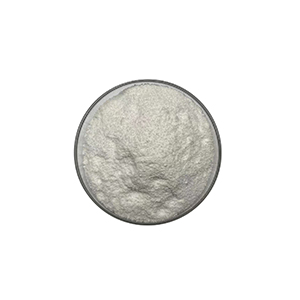Sodium dodecyl benzene sulfonate-SDBS fine chemical products, such as reagents, medicines, spices and synthetic dyes, refer to chemical products with high processing accuracy, high purity and low production volume, which require high technology to produce. But that is a general statement. With the development of fine chemical industry, people need more specific and clear definition. Taking all opinions together, we can say that fine chemicals are chemical products with the following characteristics:
(1) Variety, fast replacement.
(2) The output is small, mostly in batch production.
(3 has certain functionality. Alleged function sex, it is the molecule that points to chemical produces certain function or effect through physical action, chemical action and biological action. For example, uv absorbers, photosensitive materials, plasticizers and other additives are fine chemicals with physical functions; Antioxidants, fuel additives, etc., are fine chemicals belonging to chemical action or energy.
(4) Most of the products are hybrid products, and the formula and other technologies determine the product performance, and are sold under the name of the product.
(5) High technology intensity, requiring continuous technology development of new products and application technology research.
(6) Small equipment investment scale, high additional output value.

Sodium Dodecyl benzene sulfonate-SDBS dangerous reagent or hazardous chemicals, which can burn, explode, corrode or radioactive properties. In the friction, vibration, impact, contact with fire, water or damp, strong light, high temperature, contact with other substances and other external factors, can cause strong combustion, explosion, burns, fatal accidents. In the process of purchasing, storing and using dangerous chemicals, the relevant provisions of the state and the provisions of the product specification must be strictly observed.
There are several dangerous chemicals that may be used in middle school chemistry experiments. Characteristics: volatile, easy to burn in case of open fire; The mixture of steam and air reaches the explosive limit range, and violent explosion can occur in the case of open fire, spark and electric spark.
1. Flammable solids
Characteristics: low ignition point, easy to ignite, its steam or dust mixed with air to a certain extent, in the case of open fire or Mars, electric spark can be intense combustion or explosion; Flammable or explosive in contact with oxidizer.
Examples: naphthalene, camphor, sulfur, red phosphorus, magnesium powder, zinc powder, aluminum powder, etc.
Precautions for storage and use: store in a cool place apart from oxidizer, away from fire.
2. Flammable liquids
Characteristics: volatile, easy to burn in case of open fire; The mixture of steam and air reaches the explosive limit range, and violent explosion can occur in the case of open fire, spark and electric spark.
Examples: gasoline, benzene, toluene, ethanol, ethyl acetate, acetone, acetaldehyde, chloroethane, carbon disulfide, etc.
Precautions for storage and use: it should be sealed (such as tightly capping the bottle) to prevent dumping and overflow, stored in a cool and ventilated cabinet, and kept away from fire (including spark easily) and oxidizer.
3. Water burner
Properties: Reacts violently with water, produces flammable gases and emits large amounts of heat.
Examples: potassium, sodium, calcium carbide, calcium phosphide, magnesium silicate, sodium hydride, etc.
Precautions for storage and use: Keep in a firm airtight container in a cool and dry place. A small amount of potassium and sodium should be placed in a bottle filled with kerosene, so that all potassium and sodium are immersed in kerosene, and stored with stopper.
Post time: May-23-2022

